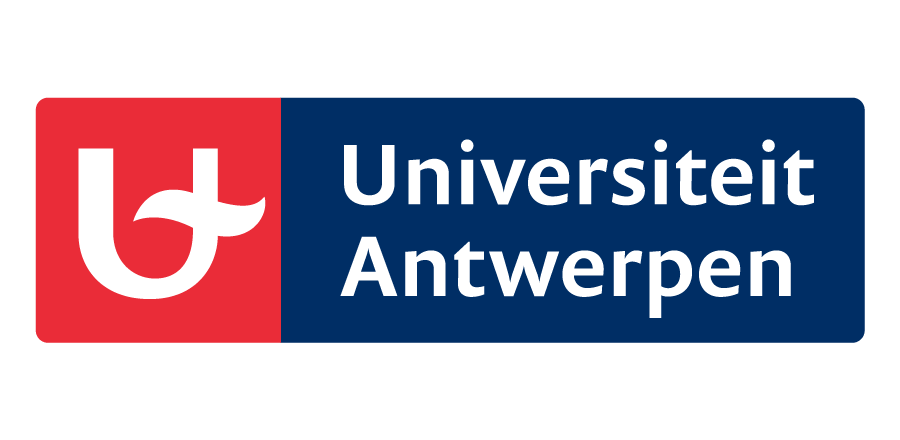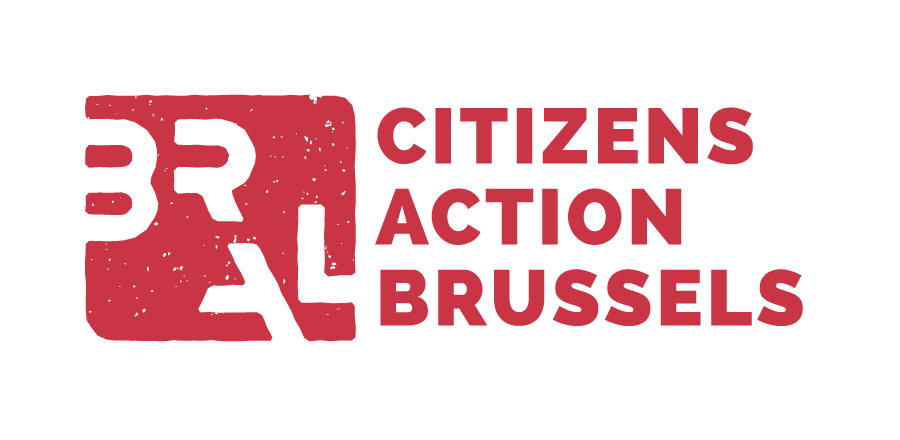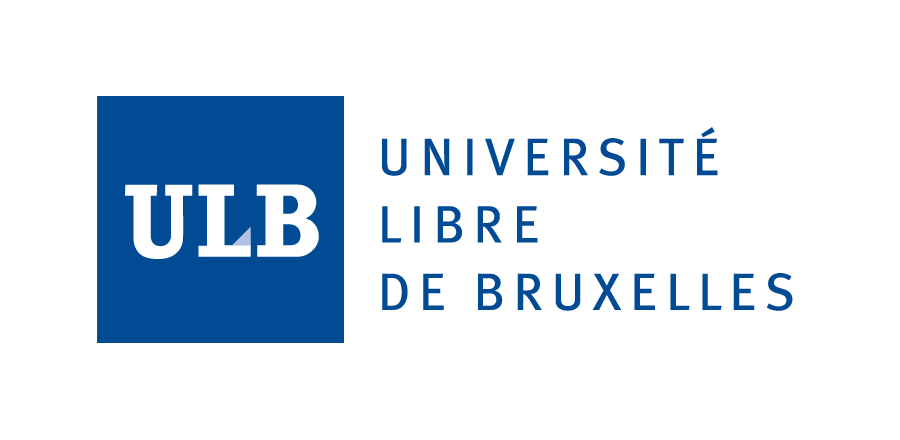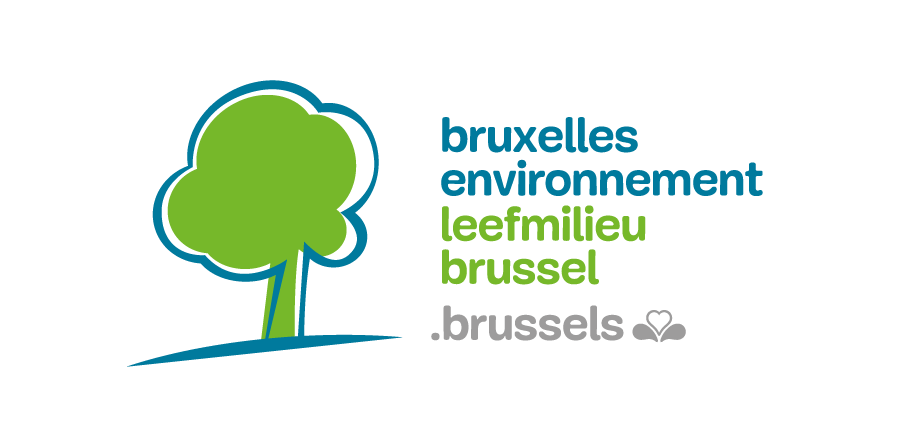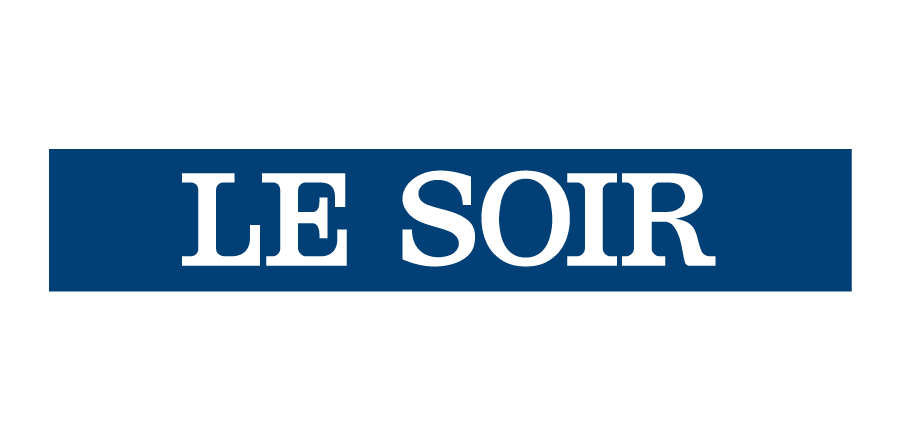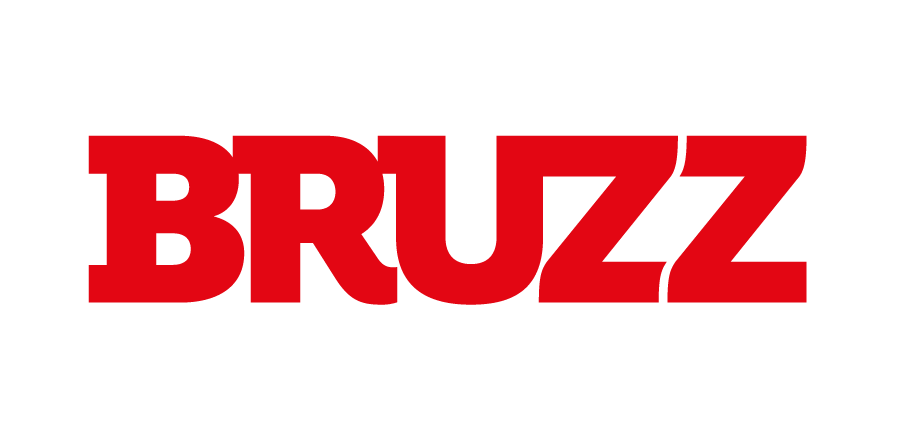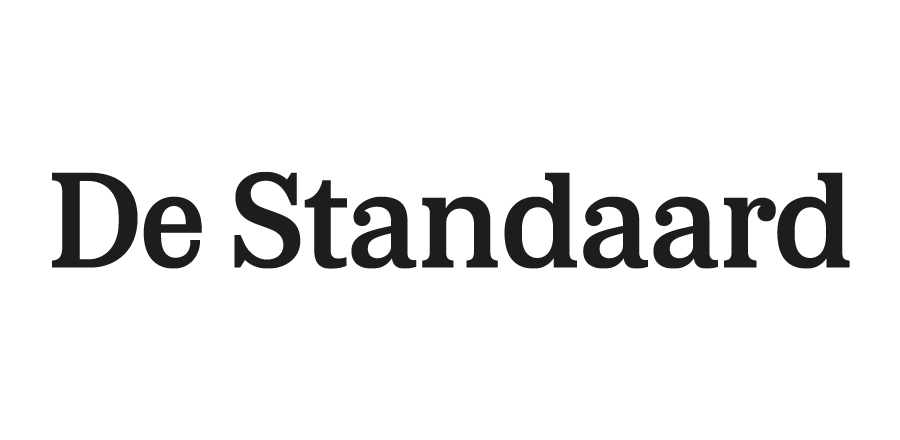1. CurieuzenAir provides a unique high-resolution scan of the air quality across a major European city (Brussels). Air quality data was collected at 3.000 measurement locations with the help of citizens. A high percentage of measurements (83%) passed all quality control criteria. As a result of the high sampling density, the CurieuzenAir dataset enables a reliable estimate of the exposure to NO2 for all inhabitants of the Brussels Capital Region. This type of data collection is unique at the international level.
2. CurieuzenAir reveals the impact of traffic emissions on air quality across Brussels with unprecedented detail. Air quality varies substantially across the Brussels Capital Region: NO2 concentrations show a ten-fold increase between the lowest value (6,2 μg m-3) and the highest value (60,5 μg m-3). CurieuzenAir reveals both local hotspots of NO2 pollution (1,4% of the locations are above the EU threshold of 40 μg m-3) as well as urban zones with very good air quality (1,6% of the locations remain below the WHO threshold of 10 μg m-3). Local traffic emissions and poor ventilation in street canyons appear the main drivers of the observed differences in air quality.
3. CurieuzenAir confirms that air quality in Brussels has substantially improved in recent years. The exceedance level (i.e., the percentage of locations above the EU limit of 40 μg m-3) is only 1,4 % in 2021, which is low when put in a historical perspective. The CurieuzenAir dataset hence underscores the improvement in air quality over the last decade (the estimated exceedance level was at 50% in 2010 and 10% in 2019). This improvement is attributed to a reduction in NO2 emissions resulting from both better technology (stricter emission targets imposed by EU legislation; increased use of SCR “AdBlue” technology; adoption low-emission zone) as well lower traffic intensities (telework stimulated by COVID19 pandemic; low-traffic pedestrian areas; increased cycling).
4. Street-level air pollution by NO2 continues to have a substantial health impact on the population of Brussels Capital Region and will continue to do so in the future. Recently, the World Health Organisation has revised its guidelines and has put forward the threshold level of 10 μg m-3 as the concentration level (annual mean) at which health impacts first start to emerge. The CurieuzenAir dataset reveals that 98,6% of the population in Brussels lives or works at a location that exceeds this threshold value.
5. CurieuzenAir reveals a clear pattern of “air inequality” across the Brussel Capital Region. There is a clear link between the socio-economic status of the inhabitants in Brussels and the air quality (annual NO2 concentration) at their home location. Areas with a higher population density experience higher NO2 levels, and people with a higher income tend to better air quality at their home location (despite having more cars).
6. CurieuzenAir illustrates the power of large-scale citizen science. The extensive data collection in CurieuzenAir was not possible without the enthusiastic assistance of 1000’s of citizens. The CurieuzenAir dataset has provided unprecedented insights into the patterns and drivers of air pollution, which can help to improve models and better inform future policies. This way the citizens of Brussels have made a direct contribution to a better environmental policy across the Brussels Capital Region.
7. CurieuzenAir not only provides detailed data for Brussels, but also shows patterns and trends that are highly relevant for other European cities. While the COVID-induced reduction in traffic intensity is likely temporary, part of the observed improvement is linked to EU air quality policy and will be permanent. We contend that these effects are not specific to the context of Brussels. If CurieuzenAir-type data collection would be applied in other EU cities, they will likely show similar patterns and trends. In this sense, the CurieuzenAir forms a relevant case study for the impact of air quality policies across all European cities.

